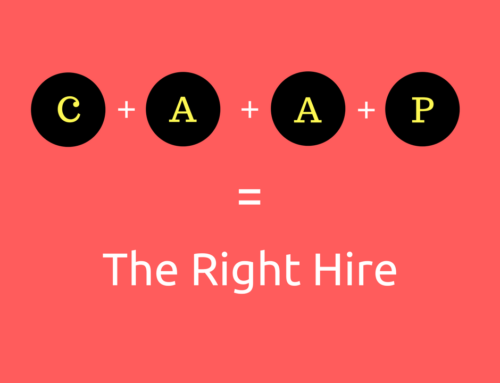Recently in an article “Not All Leaders Are Created Equal” Dr Daniel Goleman cited a study that was conducted by Professor Groysberg and Nitin Nohria from Harvard on GE Alumini. As most of us probably know, GE is not only known for being an outstanding company, but it is also a “talent factory”. This is evident simply by looking at the Executive profiles of Fortune 500 companies. The largest individual group are Harvard MBAs, while the second largest individual group are GE alumini.
This is so because GE is such a rich source of outstanding leaders and they were often recruited into CEO positions or senior leadership positions of other companies. The interesting thing is each time a GE executive joins a company, the market value of that company spikes by at least one billion dollars! In some cases, up to 10 billion dollars according to Dr. Goleman.
However, the research done by Professors Groysberg and Nohria revealed a very startling fact.
The market value of the company spikes after the GE executive joins the company. However when they watched the company over 3 years, they found that only half of these great GE executives created great value while the other half actually destroyed value!
Why was that so?
The reason was because these GE executives were not always the right fit for the job!
Now what comes to mind when we talk about Fit, within the organisational context?
I’m sure most of us would probably think of Cultural Fit, Job Fit or Organisational Fit.
However many of us don’t go far enough to really understand how crucial it is to have a candidate fit a job role, a particular culture or organisation.
First, those GE executives may not have been a strategic fit. Some people are good for start-ups, while others are good turnarounds or managing cyclical businesses.
Second, they may not have been a good organisational fit or cultural fit. Some organisations focus on the long-term, while others focus on the short-term. Then there are some that are team-oriented, while others value individual contributions.
The lesson is clear. Never underestimate the importance of FIT. Looking purely at past track record or accomplishments of a person is no longer sufficient. You need to consider organisational fit, cultural fit and job fit.
In fact, I personally know of some executives who were stars in their previous jobs, but when they joined the new company, they messed things up — and all because they were the wrong fit for that particular job.
What has your experience been? Have you ever hired a star performer based on past track record and accomplishments only to find that the person wasn’t able to perform after joining your organisation?
What lessons can you draw from here for your next hire?







Fully agreed with the finding – a potential candidates can have the best competencies, experience, knowledge, job fit but without giving attention to the cultural fit – he/she will fail and unable to contribute value to the new company and instead try to find answers to the failure. Most recruiters either missed this aspect or are not familiar with the company culture to get the right fit.
Hi Eric,
Thank you for your comments.
You are spot on when you say that most recruiters tend to overlook cultural fit. And the reason is that most don’t know how to assess and organisation’s prevailing culture.
Cheers,
Steven